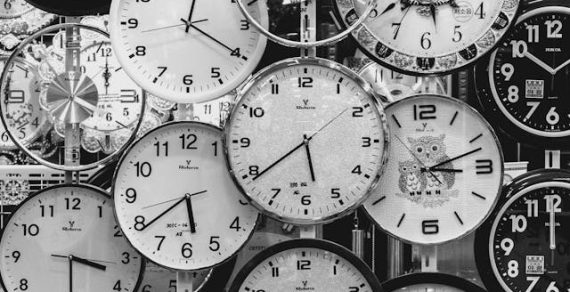Generally, custom booklets are less expensive and easy to design. Because they are lightweight, they are perfect for handing out at events and door-to-door distribution. However, you may opt for a standard path to save money. If you don’t need custom pages, a common approach will work just as well. The most significant difference between traditional and custom booklets lies in the materials used. If you wanted to know more about creating both booklets, booklet printing | custom booklets | Printivity is the best place to go.
Table of Contents
Saddle stitch binding
Saddle stitch binding on custom booklets is a great way to add a professional appearance to any printed project. Booklets can be anything from a product brochure to a business pitch. There are many types of booklet binding, but saddle stitch offers a classic look and affordable pricing. When choosing a saddle stitch binding style for your custom booklets, it’s essential to know the exact measurements of your custom book. The center pages of a saddle-stitched booklet will stick out further than the front and back covers. This is due to the bulk of paper on the folded edge. Increasing the page count and weight of the form will accentuate this effect.
Standard path
The Standard path for custom booklets includes two basic types of binding: saddle-stitch and perfect bound. A saddle-stitch booklet is a more economical option for your custom booklet. Perfect-bound booklets are the most common type of custom book and are often used as a promotional tool. However, saddle-stitch booklets are often too expensive for most customers. A spiral binding option is also available.
A full-sized booklet comprises pages approximately eight and a half inches wide by 11 inches. These booklets are helpful for travel information packets, real estate brochures, and other similar documents. They also offer better detail for your photographs. For these reasons, they are ideal for larger projects.
Storyboard
When creating custom booklets, using a storyboard is an excellent way to ensure that your final product will be as creative as you need it to be. Once you have made your storyboard, you can send it to your printer or designer to be printed or screened. Using a storyboard will save you a lot of time when it comes to designing the final product, and it will also help you avoid unnecessary feedback and reworks.
Storyboards can be stick figure illustrations or more realistic artwork. Either way, they must represent the exact description of what you want. The storyboard should be readable and should be easy to follow throughout. Once your storyboard is ready to send to your printer, you can begin editing and planning. You can also share the storyboard with others for feedback and comments.
Arrange
If you want to print custom booklets in multiple colors, consider printing them with two other impositions – color covers and black-and-white inside pages. With these two impositions, you’ll have the opportunity to choose the colors and paper stocks you want. You can even include page numbers and color signatures in your booklets. Page count is one of the most important considerations when designing your custom booklet. This will determine how many pages to print on one sheet. You’ll also need to consider the flow of information in the brochure. A custom booklet might be a good option if you have a long list of pages.
Tear out sheets
A tear-out sheet in a custom booklet allows readers to remove individual sheets of content. These tear-out sheets can be as varied as the pages in the brochure itself. They can be shaped any way, with a business logo or other graphic design. These pages are often perforated at the same time as the cover sheet.

Sizes
When it comes to custom booklets, sizes are an essential consideration. You also choose matte, gloss, or UV coating to improve the visual impact and durability. Below are some of the most common sizes. These can be ideal for various purposes, such as trade show giveaways, product catalogs, etc.
If the size you need is more significant than a standard 9″ x 12″, you may want to consider ordering a smaller version of the booklet. However, if the size is more, you’ll want to select a spiral, comb, or perfect binding method. Then you’ll have to make sure your booklet is bound to minimize the risk of tearing or folding the pages during the printing process.




